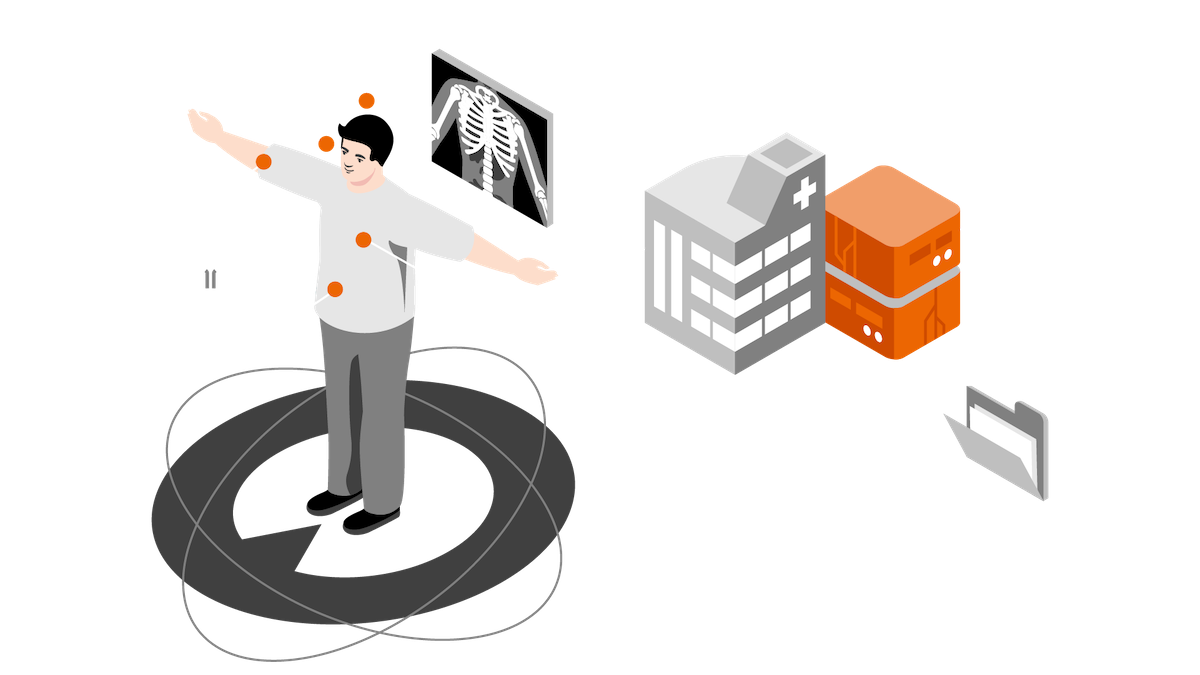Construction is rarely a solo endeavor. On capital programs and complex commercial projects, multiple stakeholders are involved from start to finish:
- Owners and asset managers
- Tenant representatives
- Architects and engineers
- General contractors and subcontractors
- Municipal agencies and inspectors
- End users and operations teams
Each has their own priorities, pressures, and points of view. Aligning these groups — and keeping them aligned — is critical to delivering projects smoothly, on time, and on budget.
Without alignment, miscommunication, scope creep, and schedule impacts become inevitable.
Why Alignment Is So Difficult (and Important)
Different Definitions of Success
For the owner, success may mean ROI and operational readiness. For the contractor, it may mean meeting schedule and safety goals. Without shared objectives, decisions become fragmented.
Competing Priorities
Design, cost, quality, and schedule rarely align perfectly. Trade-offs are required — and alignment ensures they are made transparently and intentionally.
Communication Silos
When stakeholder groups aren’t engaged regularly or uniformly, key information can be missed, resulting in rework or disputes.
Shifting Conditions
Projects evolve. Without proactive coordination, changes ripple through teams unevenly, creating confusion and mistakes.
How to Keep Stakeholders Aligned
1. Establish Clear Roles and Responsibilities
Define early who is responsible for decisions, approvals, and information flow. Ambiguity creates gaps and slows progress.
2. Create Unified Project Objectives
Develop and share a common set of success criteria — budget, timeline, quality standards, and risk tolerances. Make sure every stakeholder understands what matters most.
3. Maintain Consistent Communication
Set regular touchpoints: program-level meetings, site coordination sessions, and executive updates. Document decisions and circulate them to maintain shared understanding.
4. Use Centralized Project Tools
A single source of truth — through construction management software or shared platforms — reduces version control issues and keeps teams working from the same information.
5. Foster a Collaborative Mindset
Culture matters. Teams that approach challenges collaboratively, rather than defensively, resolve conflicts faster and with better outcomes.
6. Stay Ahead of Change
Program management should include change management protocols that ensure impacts on scope, schedule, and cost are reviewed and approved collectively — not reactively.
Conclusion
Construction success is often seen as a function of budget and schedule. But alignment is what makes those possible.
Projects with aligned stakeholders move faster, experience fewer disputes, and create better outcomes — not just in terms of buildings delivered, but in relationships preserved.
In today’s complex construction environment, managing alignment is not optional. It is leadership.




